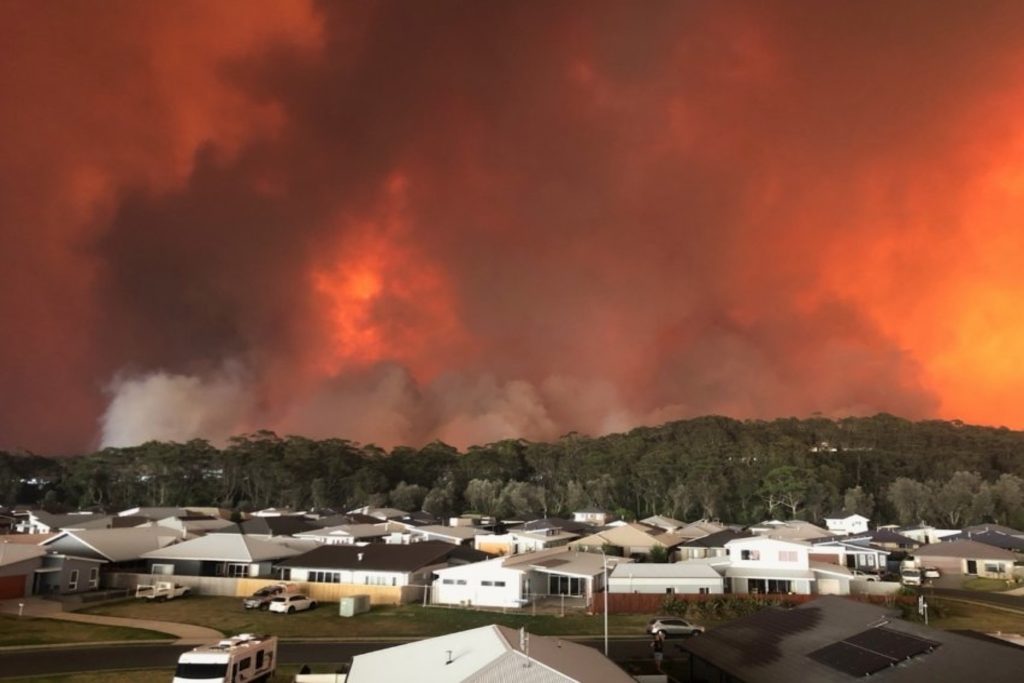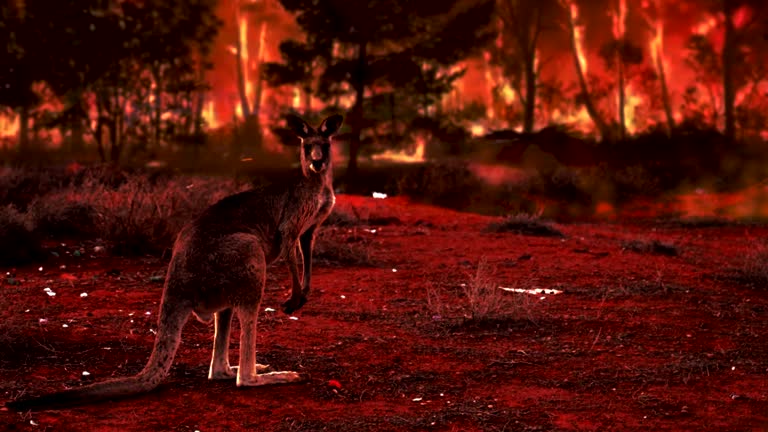Recognizing the Value of a Thorough BAL Assessment Report
Recognizing the Value of a Thorough BAL Assessment Report
Blog Article
Specialist Guidance on Bushfire Administration for Enhanced Fire Security
In the realm of bushfire monitoring, the significance of specialist suggestions can not be overemphasized. With the raising frequency and severity of wildfires, it is crucial to seek advice from those skilled in the intricacies of fire actions and mitigation approaches. From comprehending the nuances of bushfire behavior to implementing useful procedures such as firebreaks and defensible spaces, there exists a riches of expertise that can significantly enhance fire security initiatives. The key lies not just in the specific components of fire monitoring however also in their natural integration into an extensive method. By diving into the knowledge supplied in the following discussion, a more clear course towards boosted fire protection can be illuminated.
Understanding Bushfire Habits
To effectively manage and mitigate the influence of bushfires, it is essential to have a thorough understanding of bushfire actions. Bushfires are complicated all-natural phenomena influenced by different variables such as weather problems, topography, gas lots, and human activities. Understanding how these elements communicate is critical in predicting the habits of a bushfire, permitting better preparation and response approaches.
One secret aspect of bushfire habits is fire spread. This encompasses the rate at which a fire advances, the direction it takes, and the intensity of the flames. By studying previous fire events and evaluating fire patterns, experts can prepare for just how a bushfire may advance under particular conditions. Bushfire Risk. This understanding contributes in devising discharge strategies, alloting firefighting resources successfully, and executing risk decrease steps.
In addition, understanding cinder attack, identifying, and fire whirls is important in understanding the full extent of bushfire behavior. By delving into these ins and outs of bushfire actions, authorities can boost their readiness and response capabilities, ultimately minimizing the effect of these devastating occasions.
Applying Firebreaks and Defensible Spaces
Recognizing bushfire habits is foundational for successfully applying firebreaks and developing defensible rooms to enhance fire defense. Maintaining these firebreaks through regular cleaning of debris and greenery is crucial to ensure their effectiveness throughout a bushfire event.

Appropriately carrying out firebreaks and defensible spaces needs meticulous planning, normal upkeep, and neighborhood cooperation to make certain the highest possible level of fire defense for buildings and lives in bushfire-prone locations.
Utilizing Early Caution Systems
Deploying sophisticated very early caution systems is crucial for prompt detection and alerting of possible bushfire dangers. By using advanced innovations such as satellite monitoring, weather condition sensors, and thermal imaging, authorities can efficiently identify and keep an eye on fire-prone areas ignition sources at the earliest phases. These systems can give real-time information on fire behavior, strength, and direction, enabling for punctual decision-making and rapid deployment of firefighting sources to the affected areas.
Early warning systems likewise play a crucial function in informing residents and areas regarding foreshadowing bushfire threats. With automated sirens, message informs, telephone call, and social media sites notices, individuals can be promptly informed regarding discharge orders, secure sanctuary locations, and emergency situation treatments. This proactive approach not just saves lives however additionally minimizes property damages by making certain that individuals have sufficient time to evacuate and secure their homes.
Developing Evacuation Plans
Reliable emptying plans are essential for making sure the safety and security of locals in bushfire-prone areas. Developing well-thought-out evacuation techniques is critical in reducing the dangers positioned by bushfires and safeguarding human life. These plans must be comprehensive, taking into consideration different elements such as the topography of the location, the density of greenery, and the likely rate and instructions of the fire's spread.
When creating evacuation strategies, it is vital to develop clear evacuation routes and setting up points where residents can collect securely. These paths ought to be routinely preserved to guarantee availability throughout emergency situations. In addition, interaction techniques need to remain in area to alert residents of imminent risk and offer clear instructions on discharge treatments.
Collaboration between local authorities, emergency situation services, and area members is vital in creating reliable evacuation plans. Normal drills and exercises need to be carried out to familiarize citizens with the procedures and make certain a swift and organized discharge when a bushfire endangers the location. By focusing on the development of durable discharge strategies, areas can improve their resilience to bushfire emergency situations and minimize the potential influence on homes and lives

Taking Part In Neighborhood Readiness
In the world of bushfire monitoring, cultivating area readiness plays a crucial duty in strengthening the durability of locals staying in risky areas. Taking part in neighborhood readiness entails enlightening citizens on bushfire risks, promoting fire security methods, and creating emergency plans collectively. By actively including the community in preparedness initiatives, people end up being more educated and equipped to take positive measures to safeguard their lives and homes during bushfire cases.
Area readiness efforts commonly consist of carrying out fire drills, establishing communication networks, and organizing training sessions ablaze reductions methods. Furthermore, encouraging collaboration amongst next-door neighbors to produce a natural support system can considerably enhance the total readiness level of a neighborhood. When citizens are knowledgeable and outfitted to react successfully to bushfires, the possibility of decreasing damage and making certain safety and security rises considerably.
Final Thought
In conclusion, efficient bushfire management needs a thorough understanding of fire behavior, the implementation of firebreaks and defensible spaces, the use of early caution systems, the development of emptying strategies, and community engagement in preparedness efforts. By including these strategies, areas can enhance their fire security actions and minimize the influence of bushfires on both building and lives. Bushfire Risk. It is essential basics for all stakeholders to work together to produce a more secure setting in the face of this natural calamity
To properly mitigate the influence and handle of bushfires, it is crucial to have a comprehensive understanding of bushfire behavior. By researching past fire cases and evaluating fire patterns, professionals can expect just how a bushfire may progress under specific conditions.Comprehending bushfire habits is fundamental for effectively executing firebreaks find more information and creating defensible areas to improve fire protection. Involving in community readiness includes enlightening residents on bushfire dangers, advertising fire safety methods, and establishing emergency situation strategies jointly.In verdict, effective bushfire monitoring needs a detailed understanding of fire habits, the application of firebreaks and defensible areas, the application of early warning systems, the growth of discharge strategies, and community see this here interaction in readiness efforts.
Report this page